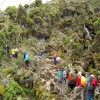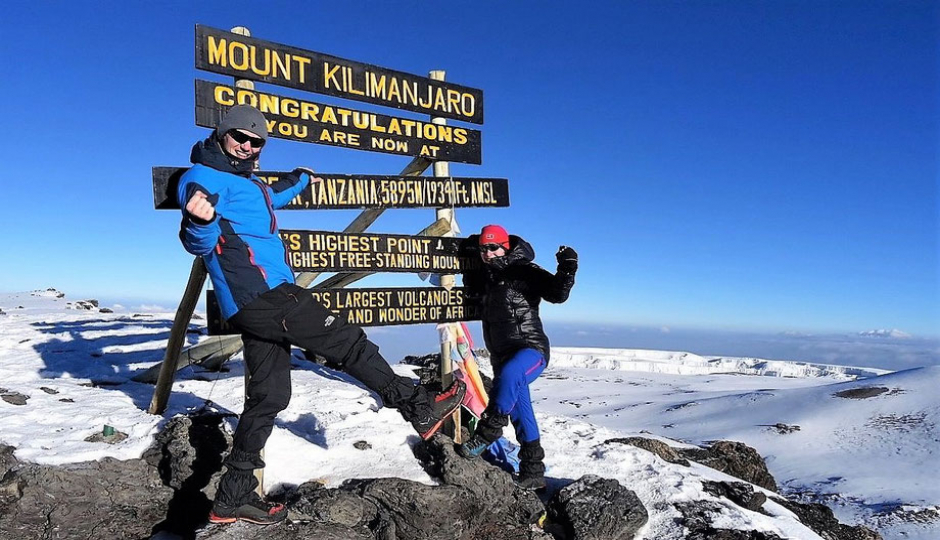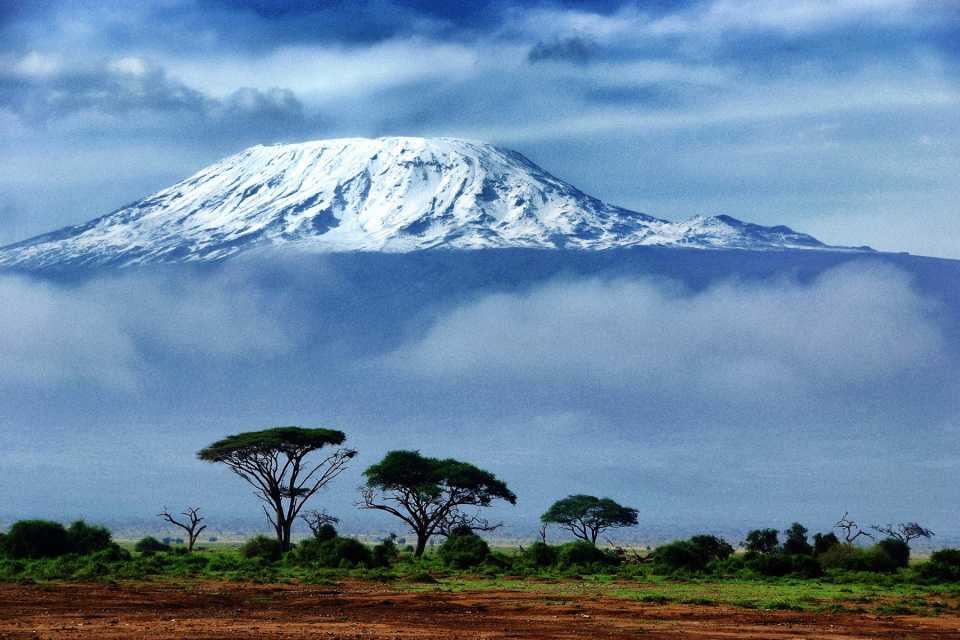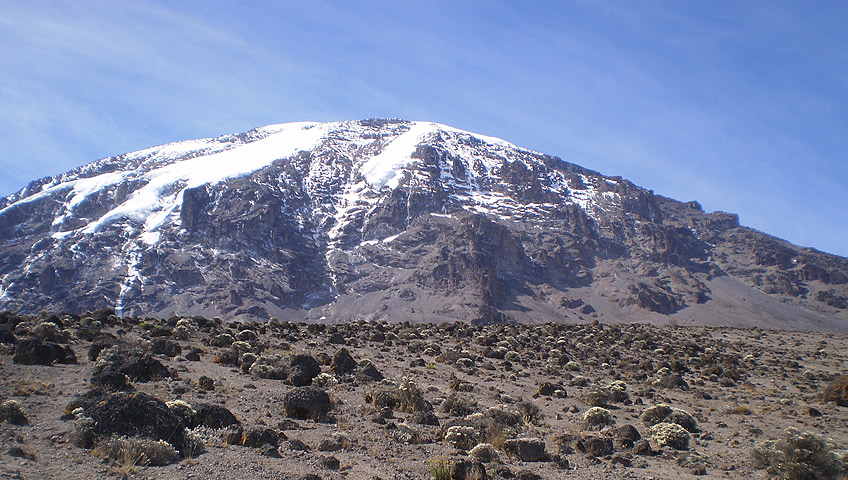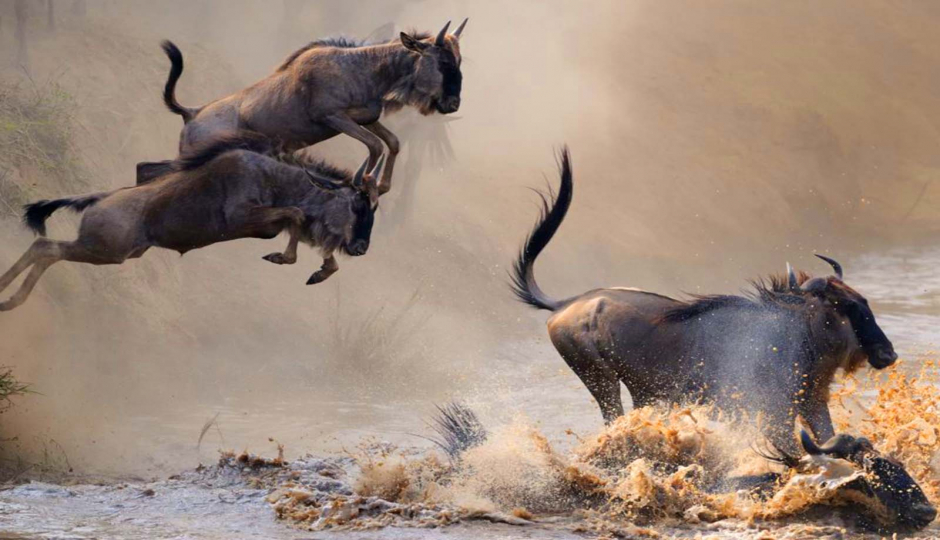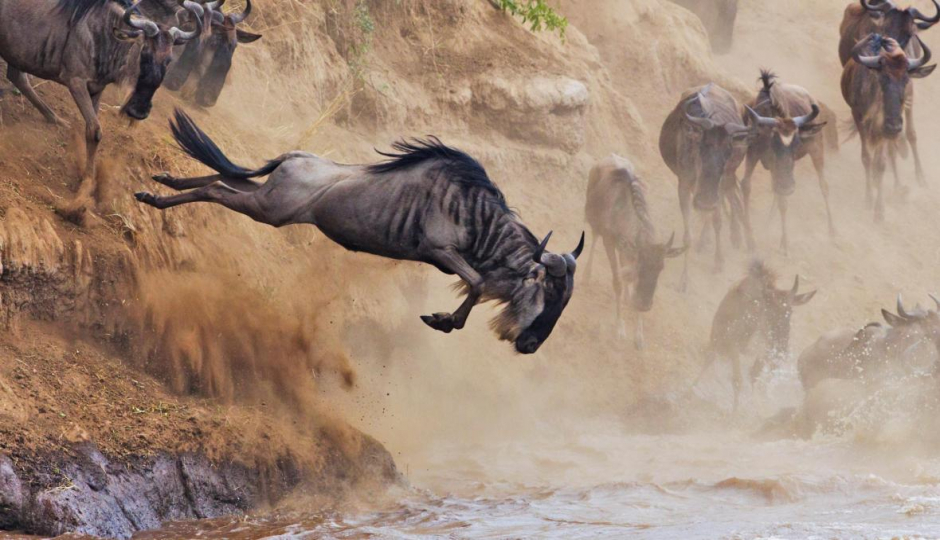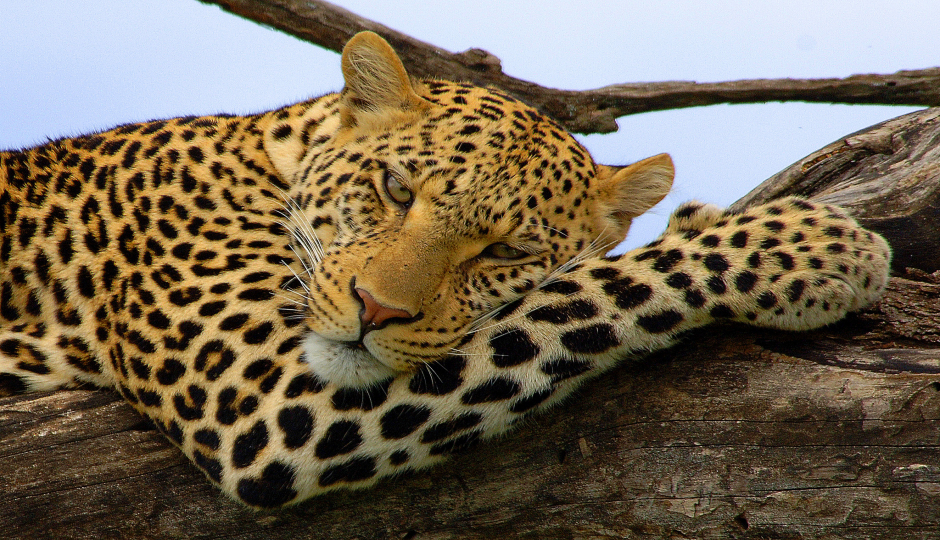If you are looking forward to climbing Mount Kilimanjaro sometime soon, then we suggest that you prepare earlier the necessary gears for your Mount Kilimanjaro climbing adventure. Bring those items that are not optional but essential for your comfort and safety and enjoyable climbing.
1: Physical Preparations
It is important that your body is adequately prepared for the physical challenges of Mount Kilimanjaro.
2: Mental Preparations
It is possible to summit Kilimanjaro successfully before you have succeeded this should be topmost in your mind when preparing for the summit attempt. You should always remain in a positive state of mind.
3: Travel insurance
Make sure that you have adequate travel and medical insurance in Kilimanjaro.
4: Go slowly
Go slowly as it’s very important to ensure you enjoy the scenery and the time you give your body to acclimatize.
5: Drinking enough water
Make sure that you drink at least 3 – 4 liters of liquid a day – preferably water.
6: Walk high-sleep low
Walk high- sleep low” Try during the hike or after arriving at the designated camps as is essential on your acclimatization day.
7: Climb Light
Climb light as lightly as possible; this becomes even more important on your summit night. Extra weight will slow you down and will also make breathing more difficult.
8: Packing
You need to take enough clothing and packed items should be wrapped in plastic bags to prevent them from getting wet in case of rain. Click the link to see our packing list recommendations - what to bring for climbing Mount Kilimanjaro
9: Clothes
You need underwear, thermal hiking socks, gloves and mittens, warm head protection, a raincoat, sunglasses and sun protection cream, hiking boots, and a walking stick. Choose the outer jacket that keeps you keeping you warm, protects you at temperatures of as low as minus 25 degrees Celsius, keeps the wind out, and yet still “breath” Other clothing like shorts, sweaters, and T-shirts are strongly recommended, especially during hiking on the lower slopes, when the day temperatures are still high. The only way to ensure that you are dressed warmly is to follow the principle of wearing the correct clothing layers, starting from against the body.
10: Acute Mountain sickness (AMS)
AMS commonly affects people at high altitudes, Be sure to prepare well and seek medical advice.
11: Malaria
Malaria occurs below 1800 meters and you should use the recommended prophylactics. Please consult your doctor about these. Currently, there are various preventative medication products available that will be effective against the malaria strains currently found in Tanzania. Women using oral contraceptives should consult their physicians before using prophylactics.
12: Wet wipes
There is no washing water at Barafu, Kibo, and Arrow Glacier camps. Wet Wipes are very useful.
13: Snacks
Take enough snacks like energy bars etc. Avoid the toffee-like energy bars as they get very hard and difficult to eat in low temperatures but rather the cereal-type energy bars.
14: Sun protection
Wear a good quality pair of sunglasses (with UV protection) and use adequate sun protection cream with a protection factor of at least 20+.
15: Thermal Flask
Use a thermal flask for your water on the summit night, other water bottles might freeze solid.
16: Camera
Taking pictures with a fully automatic camera at the summit of Kilimanjaro is possible, and most people do this. The battery in your camera when going into cold areas at high altitudes. A mechanical camera works just as well, provided you have the knowledge to operate it successfully. Cameras exposed to cold do not cease functioning but remember that if you keep your camera inside your jacket and the lens becomes warm, chances are that it will form condensation when suddenly exposed to extreme cold. This condensation will freeze under conditions at the summit. Therefore, keep your camera dry at all times. Moisture will freeze at the summit which WILL cause your camera to stop functioning.
17: Water
We recommend that you be on the safe side and use water purification tablets before drinking or using purification pumps.
18: Mount Kilimanjaro Trails
For Mount Kilimanjaro, climbing trails are well marked and maintained periodically. No technical skill is required to climb Mount Kilimanjaro but only some sports like Machame trail and Barranco wall where you need to scramble a bit for about an hour from 13,000 feet to 14,000 feet, top of Barranco wall.

 Tanzania
Tanzania Uganda
Uganda Kenya
Kenya Zanzibar
Zanzibar
